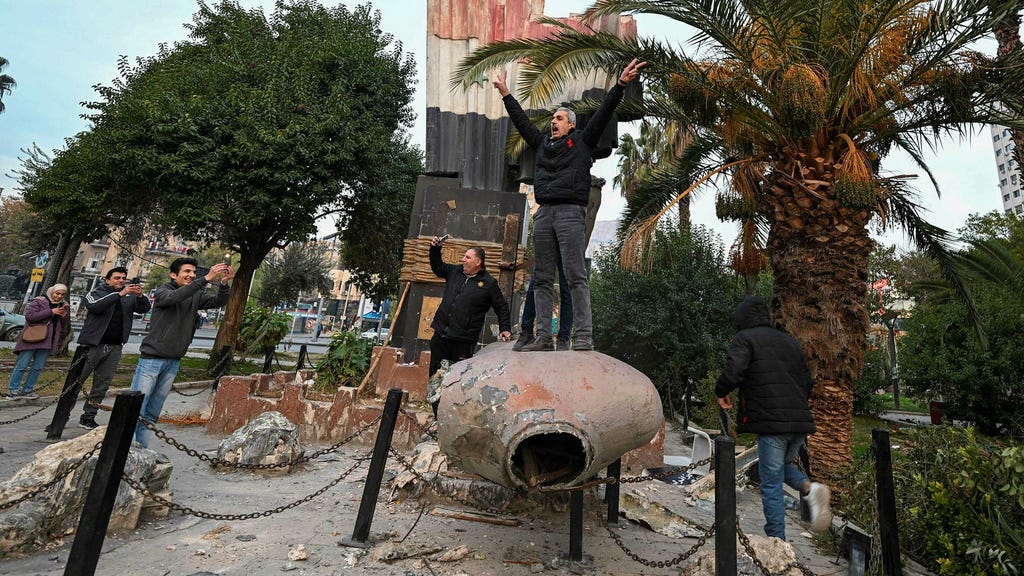The sudden and dramatic fall of Damascus to Syrian rebel groups, spearheaded by the Islamist Hayat Tahrir al-Sham (HTS), marks a seismic shift in the Syrian conflict. After years of entrenched warfare and a seemingly unbreakable grip on power by the al-Assad regime, the rebels have swiftly captured city after city, culminating in the seizure of the capital. President Bashar al-Assad’s whereabouts remain unknown, fueling speculation about his escape from the country, although Prime Minister Mohammed Ghazi Jalali insists he has not left Damascus, claiming to be ready to negotiate a transfer of power to an interim opposition government. This stunning turn of events brings an end to the al-Assad family’s 53-year reign, a dynasty that began with Hafez al-Assad’s military coup in 1971 and continued under his son, Bashar, since 2000.
The swiftness and apparent lack of resistance to the rebel advance raises numerous questions. While the al-Assad regime has faced persistent opposition since the Arab Spring uprisings of 2011, Bashar al-Assad had maintained a surprising level of popular support, especially within certain segments of the Syrian population. Furthermore, his regime benefited from crucial military and political support from powerful allies like Russia and Iran, allowing it to effectively counter rebel forces and maintain control over large swathes of the country. The reasons behind the sudden collapse of government forces, and the lack of intervention from these allies, remain unclear and require further investigation.
The triumphant rebel forces, led by HTS, are celebrating the release of political prisoners from the notorious Sednaya prison, a symbol of the regime’s brutal repression. Images emerging from Damascus depict jubilant crowds tearing down statues and monuments of the al-Assad family, signaling a symbolic as well as physical dismantling of the old order. HTS’s statement celebrating the liberation of prisoners underscores the human rights abuses that characterized the al-Assad regime, a factor likely to influence the future political landscape of Syria.
However, the rapid takeover by HTS, an Islamist group, raises concerns about the future trajectory of Syria. While the fall of the al-Assad regime is welcomed by many Syrians tired of authoritarian rule and brutal repression, the nature of the new leadership and its potential impact on the country’s diverse population remains uncertain. The international community’s response to this dramatic shift, particularly from the former allies of the al-Assad regime, will be crucial in shaping the future of Syria and determining whether the country moves towards a more inclusive and democratic future or faces further instability and conflict.
The ongoing situation presents a complex and rapidly evolving scenario with significant regional and global implications. The transition of power from the al-Assad regime to an interim government, if successful, will require careful negotiation and management. Key issues include ensuring the safety and security of all Syrian citizens, including minorities, addressing the humanitarian crisis caused by years of conflict, and establishing a framework for rebuilding the devastated nation.
The future of Syria remains uncertain. While the fall of Damascus signals the end of an era, it also marks the beginning of a new chapter fraught with challenges and opportunities. The international community must play a constructive role in supporting the Syrian people in their pursuit of peace, stability, and a future free from the oppression that characterized the al-Assad regime. The transition to a new government will be a complex and delicate process, requiring careful diplomacy, humanitarian assistance, and a commitment to upholding human rights and democratic principles. The hope is that this dramatic change will ultimately pave the way for a more inclusive and democratic Syria, but the path forward remains uncertain and filled with potential pitfalls.














